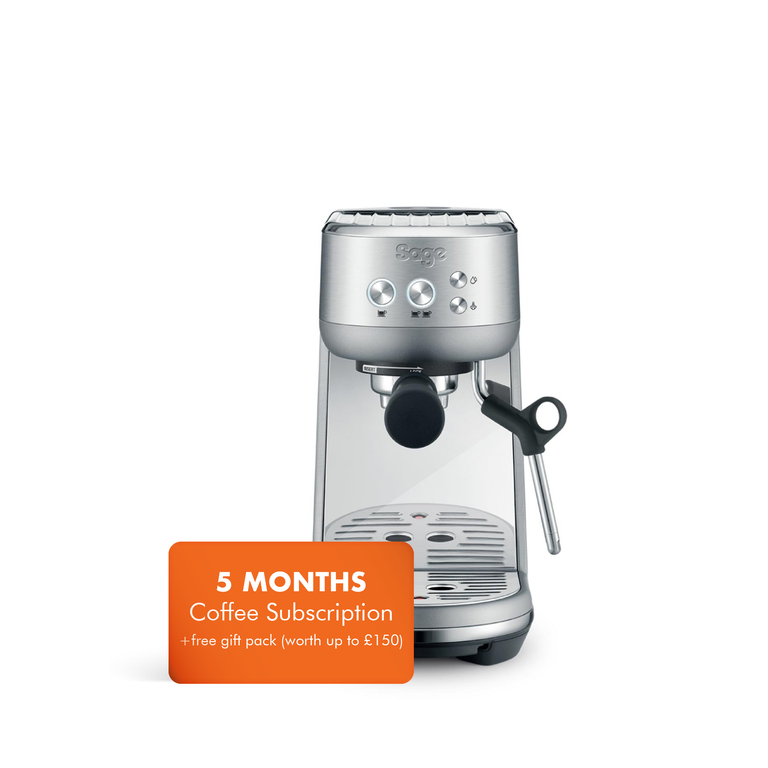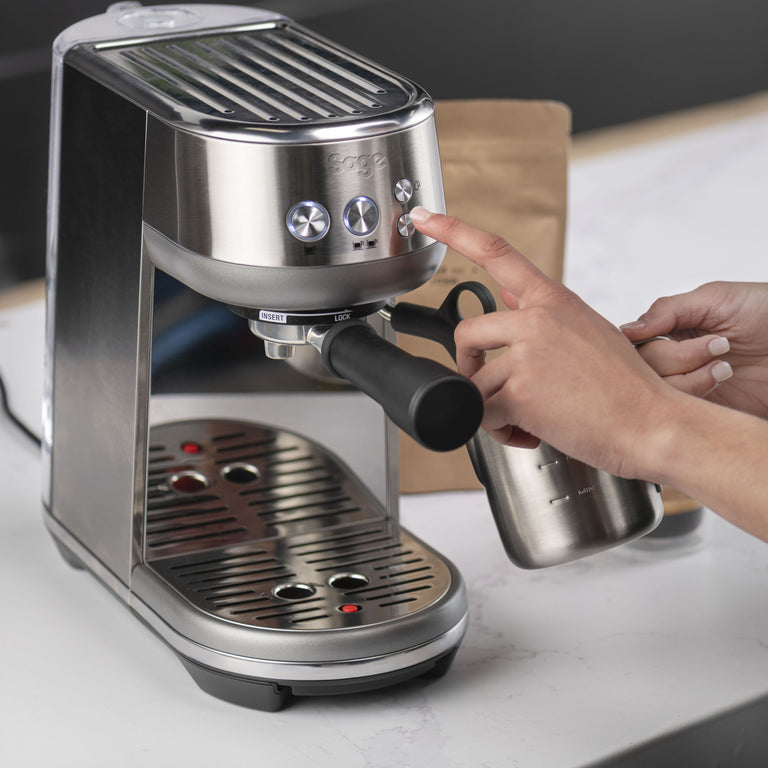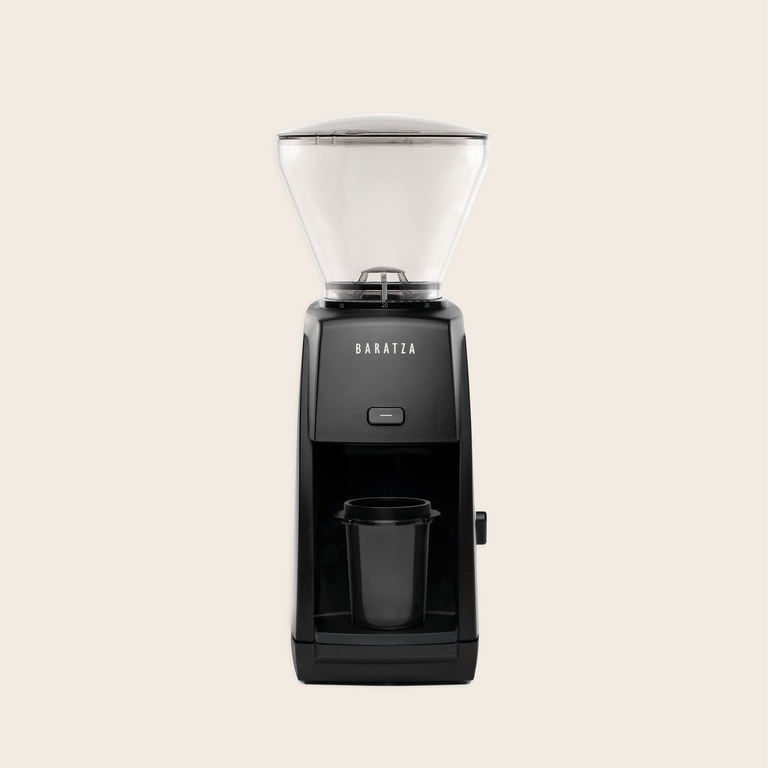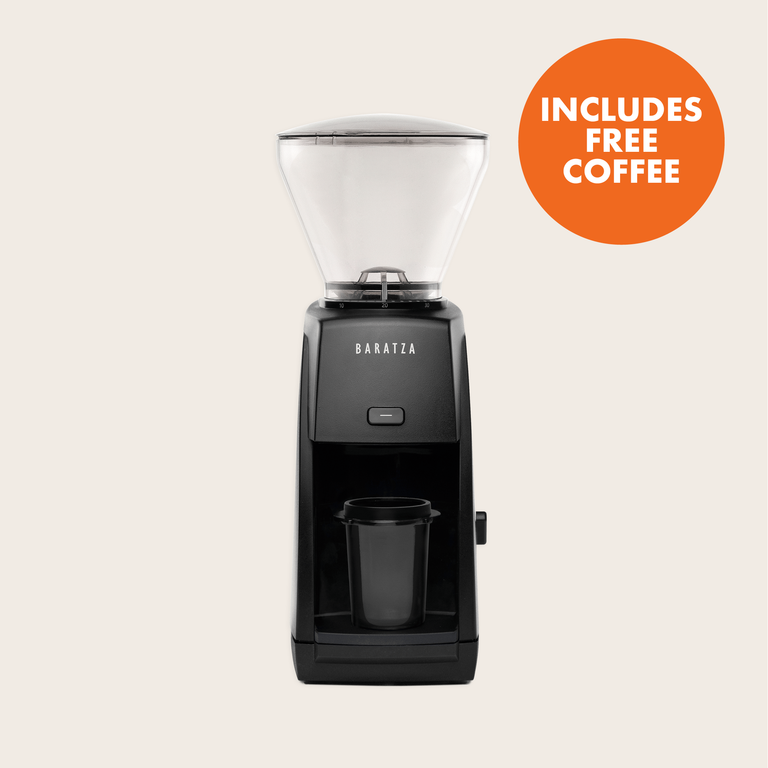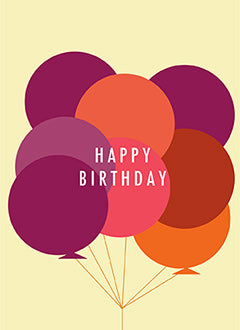It’s hard to get your morning cup of coffee to taste quite as good as in a coffee shop, but why is that? There are a lot of factors to consider when brewing coffee at home, from how you grind your beans to what water you use. Here is our simple guide to extracting the best flavour from your coffee beans so you can make barista-level coffee yourself.
1. Choose the Right Coffee Beans
Essential to making a good coffee is, of course, choosing high quality beans. Our award-winning speciality coffee beans are freshly roasted by hand at our South London Roastery. Fresh coffee beans retain their natural aromas, oils, and flavours, which degrade over time due to oxidation and moisture exposure. Using freshly roasted (and local) beans ensures a richer, more balanced taste with vibrant acidity, sweetness, and body.
As well as ensuring the quality of the beans, you should consider their roast profile too. The different roasting processes brings out different flavours in coffee, so it’s all down to personal preference with what you choose;
- Light roasts offer bright acidity and fruity notes.
- Medium roasts provide a balanced flavour with some sweetness and acidity.
- Dark roasts create full-bodied, often chocolatey and nutty coffees.
Explore our full range of coffees to find your favourite.

2. Grind Your Beans Just Before Brewing
Pre-ground coffee loses flavour quickly due to oxidation too, so it’s worth investing in a good grinder to ensure ultimate freshness and consistency. We recommend the Baratza Encore ESP Grinder Depending on your brew method you should grind to;
- Coarse for French press and cold brew
- Medium for Aeropress, drip coffee and V60 pour-over
- Fine for espresso & moka pot
Read our guide to grinding coffee for more tips.

3. Use Filtered Water at the Right Temperature
Water quality really affects coffee flavour so it’s best to use filtered water to avoid unwanted minerals or chlorine. The ideal brewing temperature is 90–96°C (too hot, and the coffee will taste bitter; too cool, and it may be under-extracted).
4. Master Your Brewing Method
Each brewing technique brings out different characteristics, find the right one for your taste;
- Pour-over (e.g., Chemex, V60) creates delicate, light-bodied coffee.
- Cafetiere won’t always give you great flavour clarity so it’s best balanced out with milk.
- Espresso machines creates a bold and intense shot.
- AeroPress offers a short and full-bodied cup.
Explore our brew guides for step-by-step methods and our equipment collection to elevate your brewing set up.

5. Control Your Brew Time
Timing is crucial with the method you’re picking as over-extraction results in bitterness, while under-extraction leads to sourness. A rough guide we recommend is below:
- Espresso: 25–30 seconds
- Pour-over: 3 ½ minutes
- Cafetiere: 4 minutes
- Moka pot: 3-4 minutes
- Aeropress: 2-3 minutes
- Cold brew: 8–24 hours
6. Store Your Coffee Properly
Keep your beans in an airtight container away from light, heat, and moisture so it prevents the coffee from going stale and loosing it’s flavour. If you don't have an airtight container any method to reduce the amount of oxygen or light exposure will help with freshness such as our coffee tin or clip.

7. Experiment and Adjust
Feel free to experiment to find what you like; try different beans, brewing techniques, grind sizes and ratios until you perfect your recipe. Keeping a coffee journal can help you track what works best for your taste preferences, or have a chat with your local barista.









